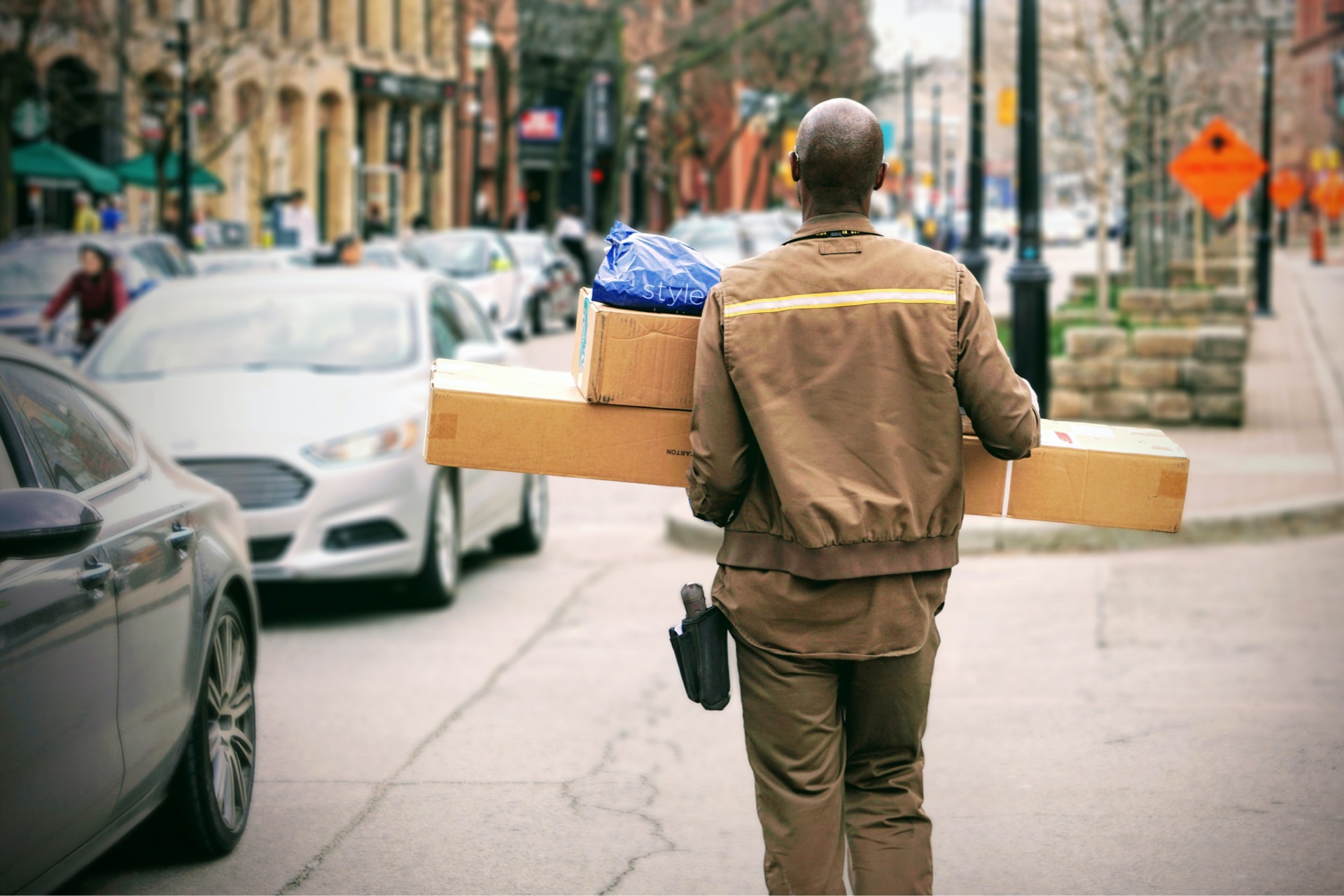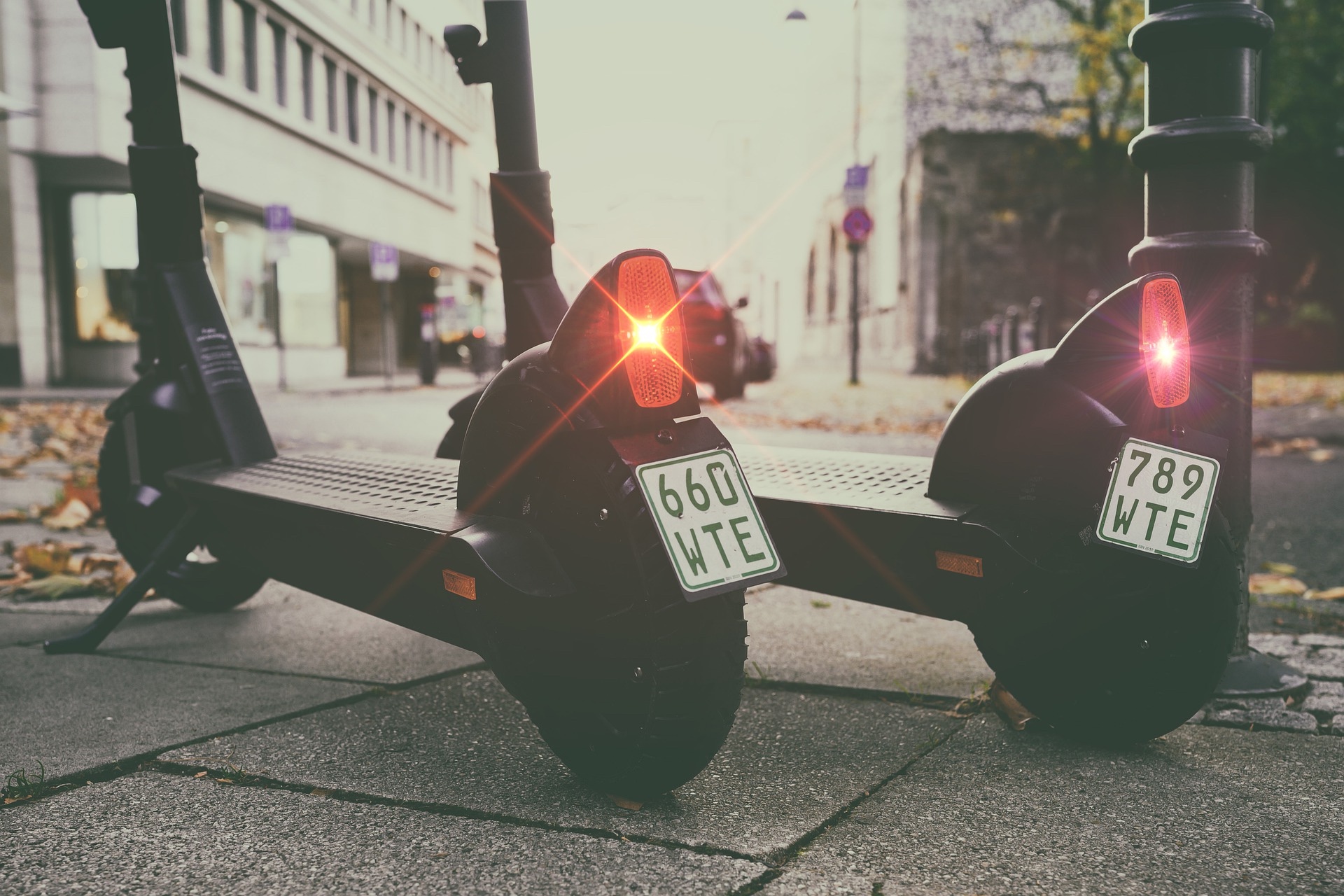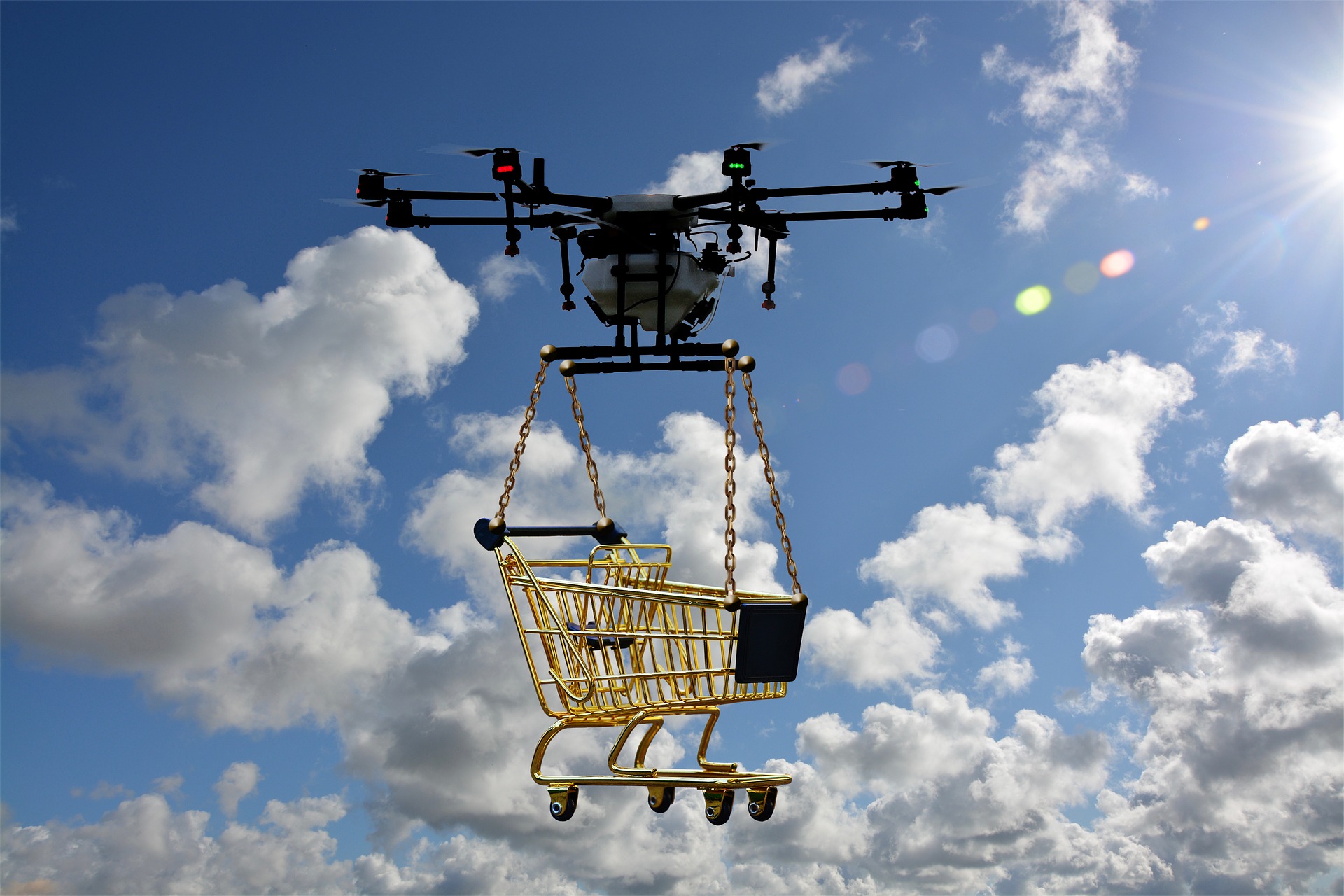Thanks to the growing ease of shipping, delivery, and tracking parcels, the Australian parcel market is predicted to grow over 1 billion parcels by 2021. To keep up with the rising consumer demands, the courier industry continues to develop new strategies and technologies to make operations more efficient, fast, and safe for both couriers and customers. Here are just some of the innovations in the courier industry that are starting to shape the future of the industry.
Crowdsourcing
Emerging technologies and increased smartphone penetration have made it possible for crowd-sourced deliveries to enter the industry. This new business structure has allowed for faster and cheaper last-mile deliveries, especially in cities. A perfect example would be Uber, which is successfully providing customers with fast and easy last-mile transport services for food, transportation, and parcels.
This concept is not only being seen in developed countries but also across the globe, as local businesses develop their own express courier services through crowd-sourced models. As a result, courier and delivery services can offer same-day deliveries.
Courier companies and logistic-based startups hire locals or travellers to deliver parcels using their own vehicles. This is not only cost-effective but also very efficient for these companies. Moreover, it offers more job opportunities for people who need full-time, part-time, or freelance work. Companies such as Walmart, Amazon, and DHL have already started to experiment with crowdsourcing possibilities.

Location-based solutions
Some of the new ideas and innovations for logistic and courier industries are location-based solutions. These are technologies that use real-time location tracking to perform certain functions or services. Location-based solutions are often used with smartphones, but they can also be applied using any device, such as laptops and PCs.
A perfect example of location-based solutions in the courier industry would be GPS. Using satellite receivers, GPS trackers help couriers navigate through routes, identify good driving behaviour, and record all the trips of a certain person or vehicle. Aside from the GPS, the courier industry uses QR codes to scan and log real-time delivery information quickly and correctly.
Ultimately, logistic and courier companies use location-based solutions to track and manage individuals in multiple locations. This makes deliveries faster, easier, and more streamlined.
Since its introduction in mobile phones, GPS has become indispensable to the whole mobile economy. NDrive was among the first specialized navigation software companies, and although that’s still the main focus of its business, they have since moved towards the much larger location-based solutions market that provides even more opportunities to experienced and adaptable companies such as itself. NMaps Platform is NDrive latest iteration when it comes to providing organizations a complete and cost-effective tool that offers geolocation and mapping with API access and several configuration options.
Electric bikes and electric scooters
Some courier services are experimenting with using electric scooters and e-bikes as quick delivery transportation. Because of the pandemic, food and parcel deliveries have become in-demand and some courier companies are using electric scooters and e-bikes to keep up with the number of deliveries.
Thanks to their slim build and light weight, portable electric scooters can go through narrow paths and can be taken on public transportation. They are perfect for deliveries since they can take riders anywhere quickly and efficiently.
Most importantly, e-scooters and e-bikes are sustainable and eco-friendly, so this helps reduce carbon emissions in the atmosphere. Given the harmful gases produced by road transportation, electric scooters, bicycles, and other personal mobility devices are perfect alternatives to deliver efficiently and sustainably. Just make sure that your area allows these personal mobility devices in public. Check electric scooter laws in Australia to know which cities and states allow them.

Drone delivery
Technology in the courier industry has stepped it up and is moving the industry forward. One of the most promising technological advancements for the industry is the use of drones for express delivery. Drones offer the potential to provide fast and easy deliveries to congested urban areas that need to reduce road transportation and to rural areas that are difficult to access by foot or vehicle.
Many global courier companies and startups are already experimenting on the drone’s possibilities and capabilities to establish themselves as early adopters of this new technology. For example, UPS has partnered with Zipline, a startup focusing on medical drone delivery, to deliver in Africa. The initiative opens opportunities for more similar ventures for Africa and rural areas.
Aside from this, drones are also used to move foods and perishable goods. Drone delivery offers enough potential that Amazon and other tech giants see it as the future of e-commerce fulfilment.

Self-driving vehicles
Another remarkable innovation that is being developed in the courier industry is the use of self-driving or unmanned vehicles. Some logistic companies have been successful in adopting this technology thanks to low regulations and affordable controllable testing environments like shipping yards.
These tests have resulted in the successful deployment of self-driving vehicles such as driverless plant trucks and autonomous forklifts. Moreover, according to the New York Times, it could take time for self-driving cars to become the norm on the road, but deploying autonomous semi-trucks seems more possible in the near future.
The future of the courier industry
From maximising the shared economy to utilising self-driving technology, the courier industry has gone a long way from using animals to deliver parcels. Moreover, the industry is still changing. After all, some of the trends above are still being developed. Once these innovations have become the norm in the industry, more innovations like these will appear and continue to evolve in the courier industry, making deliveries faster, easier, safer, and more reliable.